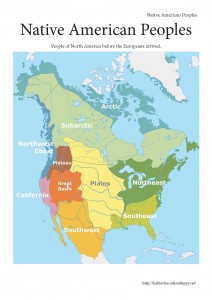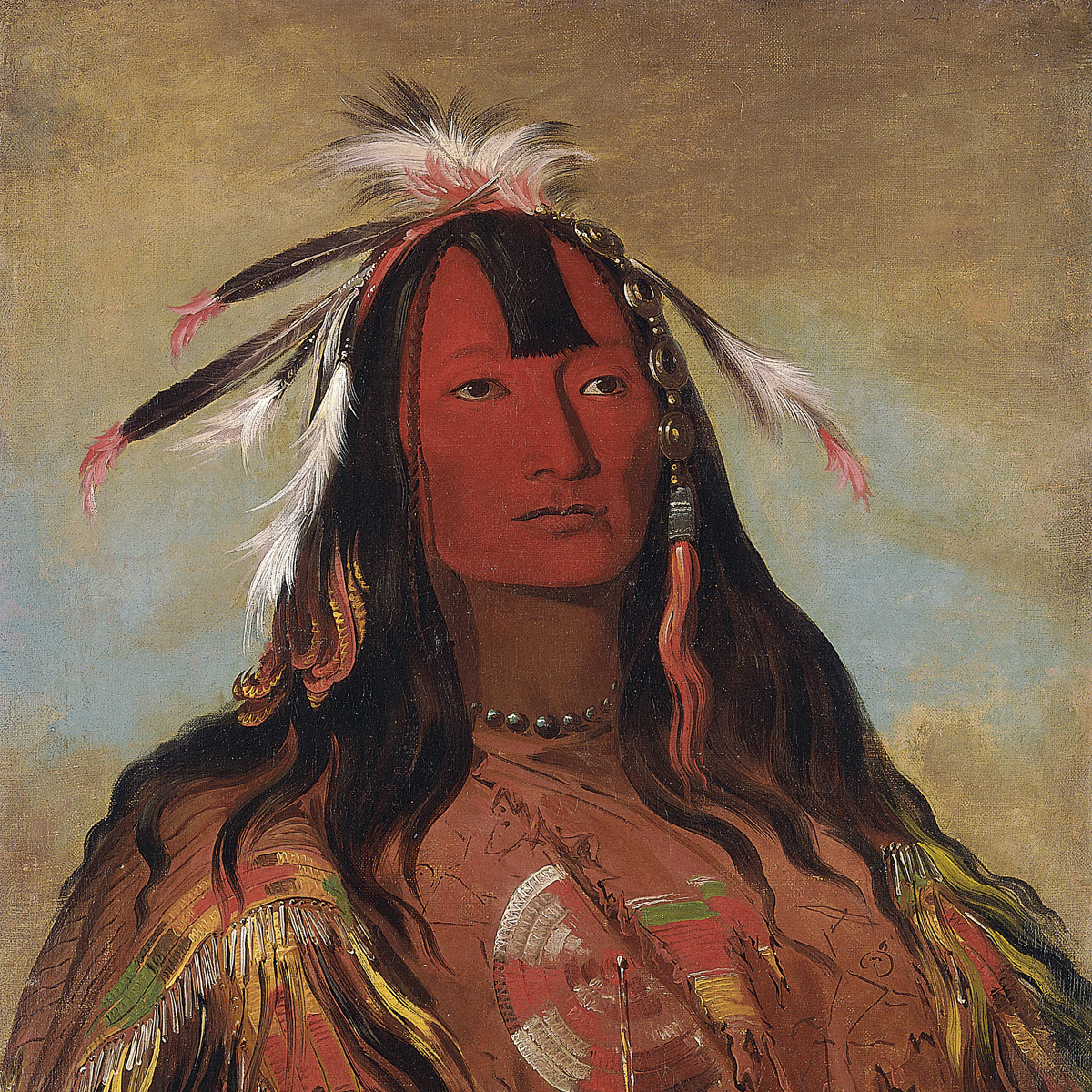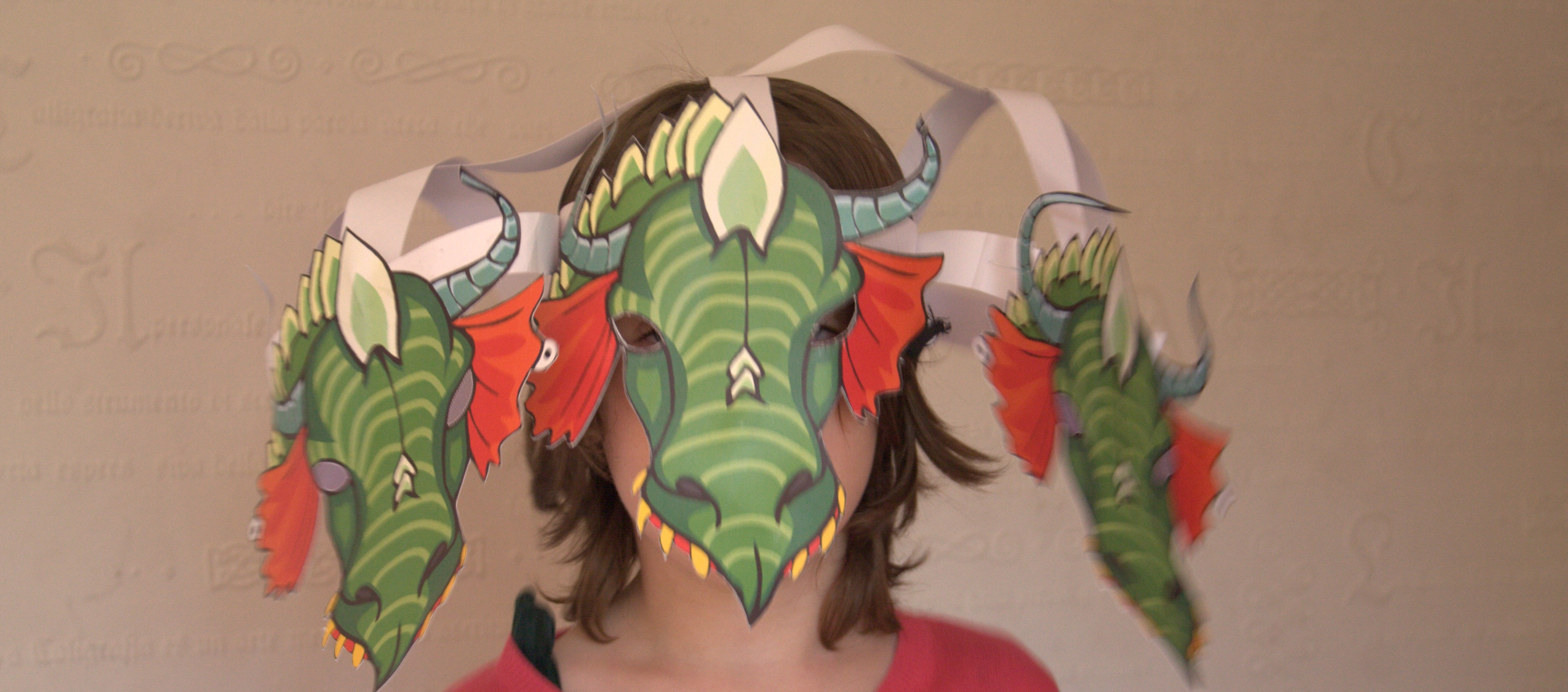We have been exploring the people and cultures of North America before the arrival of the Europeans in the sixteenth century. We have been finding out about the different cultural regions and getting a flavour of some of the cultures.
- Some of the resources we have used, and some ideas for other resources to try: North American Native American History Resources
We created an activity to do to explore different cultural regions and the diversity of cultures:
North America is a vast continent. Before Europeans arrived in what they called the “New Worldâ€Â North America was already full of people. The vast continent covers many different cultures, shaped by the different environments.
There were small families, big tribes and leagues of tribes. The homes and clothes varied according to climate and the available resources.
Long before Europeans arrived cultures developed, changed, people migrated from one area to another.
There were no domesticated animals, apart from the dog, so through out the continent people hunted for game, and fished. Some people were nomadic hunter-gatherers, others were settled hunter-gatherers and some were farmers. Whilst people grew many different crops maize, beans and squash were commonly grown.
This is an activity for a simplified look at the different regions of North America, giving a flavour of some of the cultures.
Preparation:
 1. Print out the introduction and the ten regional pdf files, each of which has four pages – an answer sheet, an information sheet, a board and a set of pictures to cut out.
1. Print out the introduction and the ten regional pdf files, each of which has four pages – an answer sheet, an information sheet, a board and a set of pictures to cut out.
2. Mix up the pictures and lay them out.
3. Keep the answer
sheets to one side.
To play:
1. Choose a board for one of the regions.
2. Read the accompanying information sheet.
3. Pick the six pictures that match up with the information on that region
4. Check your answers with the answer sheet.
Ideas for discussion:
How does the environment affect way of life – Â homes, food and clothing?
- Native American People: Introduction
- Native American People Arctic
- Native American People California
- Native American People Great Basin
- Native American People Great Plains
- Native American People Northeast
- Native American People Northwest
- Native American People Plateau
- Native American People Southeast
- Native American People Southwest
- Native American People Subarctic



